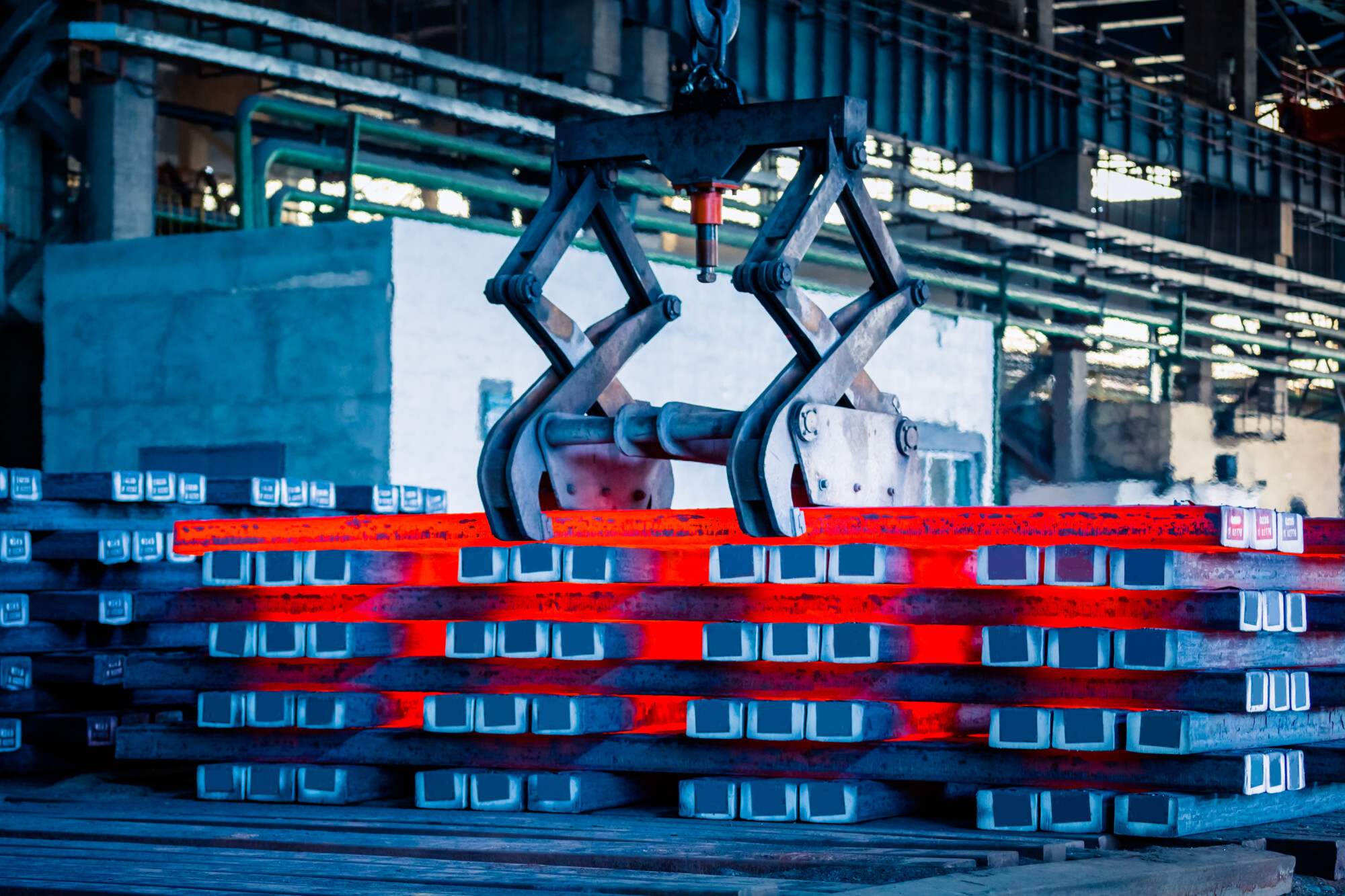
Impact of Recent U.S. Tariff Hikes on Indian Metal Exports: A Legal and Economic Perspective
Date: July 2025
The U.S. government’s recent policy actions on metal tariffs have generated discussion across global trade corridors. This article outlines the current tariff environment, assesses potential escalation risks, and evaluates the impact on India’s metal exports to the United States. All data is based on publicly available sources from official trade bodies and media reports.
A. Tariff Situation: Then and Now
In March 2025, the United States imposed a 25% tariff on all steel and aluminium imports, covering both raw and finished products1. This was subsequently raised to 50% on June 3, 2025.
India responded by filing a formal notification at the World Trade Organization (WTO), expressing its intent to impose reciprocal tariffs on certain U.S. goods.
B. Outlook: Can Tariffs Increase Further?
While the tariffs are now at 50%, the probability of a further increase is considered low. From a policy and diplomatic standpoint, 50% is viewed as a high-water mark in current trade dynamics.
Comparable tariffs have been levied on other U.S. trading partners such as Canada, suggesting a level playing field is being maintained5. Analysts also speculate that a potential trade agreement with India could lead to more targeted tariff applications, focusing on specific product categories rather than a flat rate.
India also maintains its own protective mechanisms—such as a 12% safeguard duty on select flat steel imports from China—which may mitigate some of the external pressure from U.S. tariffs.
C. Trade Exposure: How Important Is the U.S. to Indian Metal Exports?
India’s steel exports to the United States are relatively limited, while aluminium exports are more material.
- Only about 5% of India’s total steel production is exported; of this, roughly 1% goes to the U.S.
- In contrast, approximately 47% of India’s aluminium production is exported, with the U.S. accounting for 6% of those exports.
From the U.S. side, over half of its aluminium imports come from Canada, and only about 3% come from India.
For steel, major U.S. import sources include:
- Canada (23%)
- Brazil (16%)
- Mexico (12%)
- South Korea (10%)
In FY25, India exported an estimated USD 4.56 billion worth of iron, steel, and aluminium products to the United States:
- $587.5 million in iron and steel
- $860 million in aluminium and related articles
- $3.1 billion in articles of iron or steel
D. Historical Context: Is This a First?
No. The aluminium and steel industries have previously been subject to U.S. trade actions.
In January 2018, the U.S. administration under President Donald Trump imposed a 10% tariff on aluminium and 25% on steel imports from most countries, excluding Australia. These measures aimed to boost domestic production but were met with mixed results.
- U.S. aluminium production actually declined after the tariffs.
- Historically, such tariffs had limited impact on global benchmark prices, including those on the London Metal Exchange (LME).
Conclusion
While the latest U.S. tariff increases are significant, India’s direct exposure—particularly in steel—is limited. Aluminium exports are more impacted but remain a small part of overall U.S. imports. The situation remains fluid, and upcoming trade negotiations will play a key role in determining the long-term outcome.
Sources
- Reuters – “Trump to sign order doubling metals tariffs” (June 3, 2025)
- Times of India – India plans retaliatory tariffs under WTO (May 13, 2025)
- Economic Times – India revises retaliatory duties plan (July 10, 2025)
- Reuters – “Explainer: The reality of Trump’s steel and aluminium tariffs” (June 2, 2025)
- Moneycontrol – “India may hit back at US with tariffs on almonds, metals” (June 2025)
- Reuters – “India mulls retaliatory tariffs as US rejects WTO notice” (June 2, 2025)
- Reuters – “US aluminium premiums hit record levels after tariffs” (June 5, 2025)
- U.S. Geological Survey – Mineral Commodity Summaries 2025 (Aluminium)
- U.S. Department of Commerce – SIMA Steel Import Reports
- DGFT India – Export-Import Data FY25
- U.S. Federal Register – Proclamation 9704 (January 2018 tariffs)
- International Aluminium Institute – Primary Production Statistics
- London Metal Exchange – Historical Aluminium & Steel Price Data
Written by: Dhruv Joglekar
